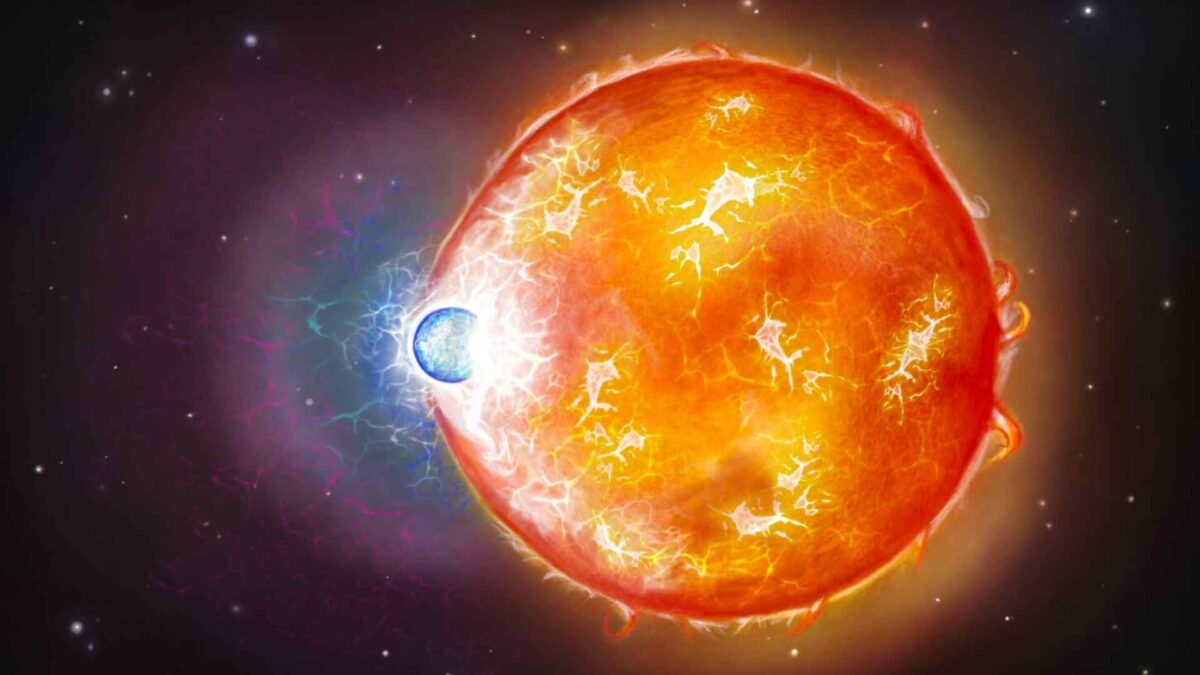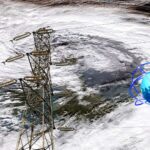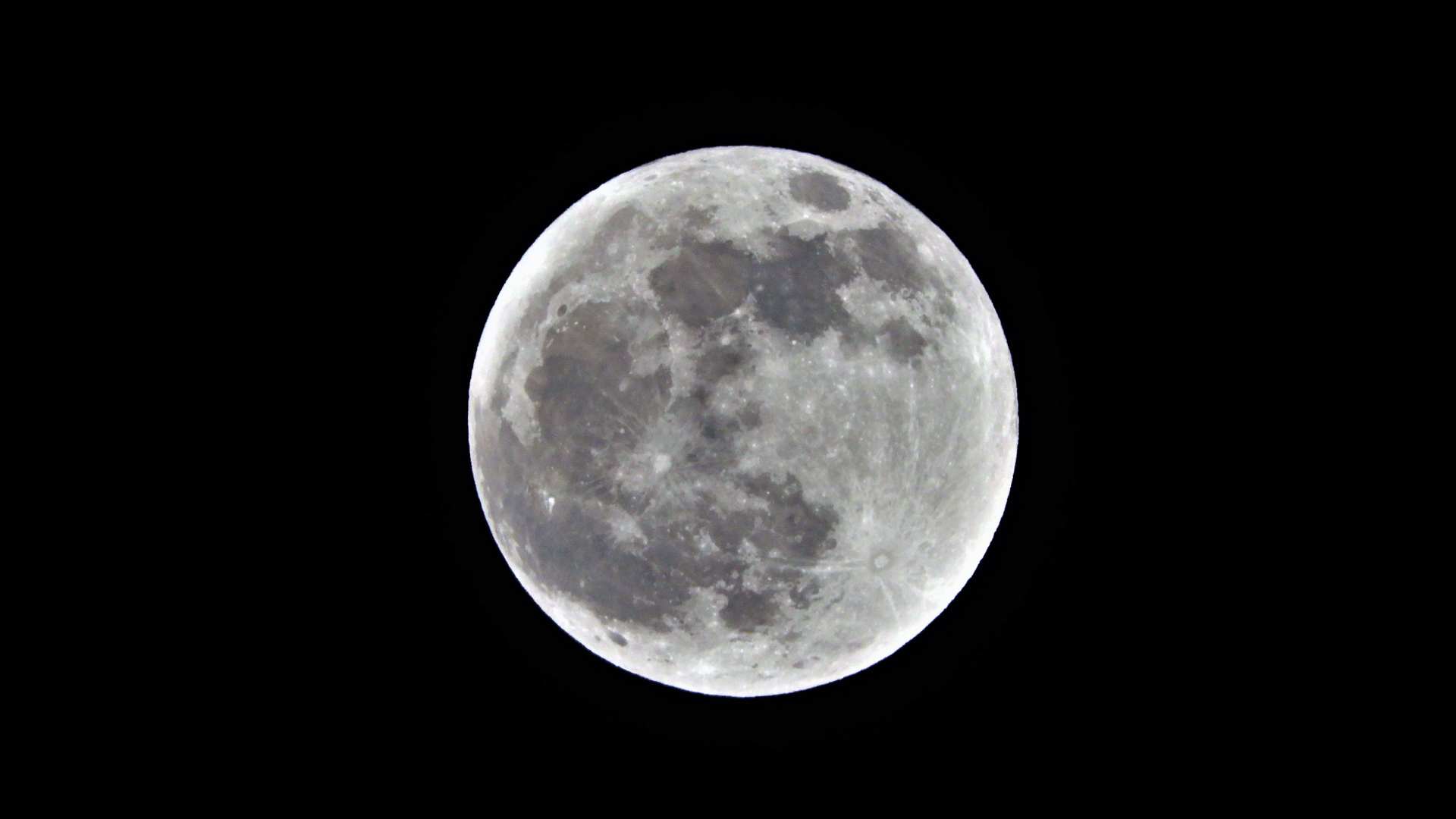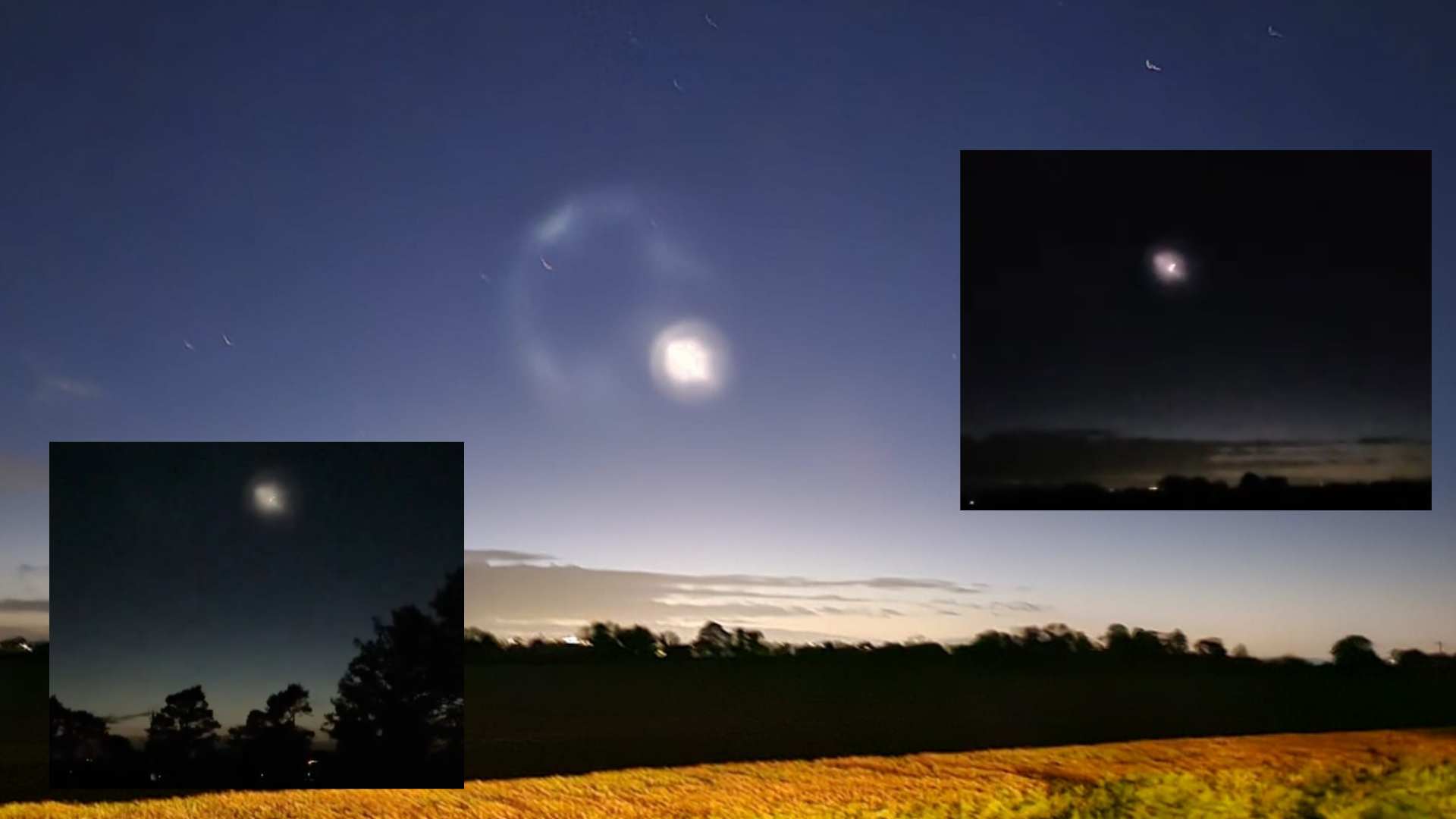
Star Merger Mystery Solved 130 Light-Years Away

Astronomers at the University of Warwick have found strong evidence that a nearby ultra-massive white dwarf is the result of two stars merging.
The rare discovery was made using ultraviolet data from the Hubble Space Telescope, which revealed carbon in the star’s hot atmosphere.
White dwarfs are dense, Earth-sized cores left behind when stars run out of fuel. Most weigh about half as much as the Sun and have thick layers of hydrogen and helium hiding their carbon-oxygen cores. Ultra-massive white dwarfs, heavier than the Sun, are rare and puzzling.
The star, WD 0525+526, lies 130 light-years away and weighs 20% more than the Sun. Normally, such a star could form from a single massive star’s collapse. But Hubble’s ultraviolet data showed carbon leaking into its hydrogen-rich atmosphere — a sign it likely formed from two stars colliding and merging.
The merger stripped away most of the hydrogen and helium layers, allowing carbon to reach the surface. Compared to other merger remnants, WD 0525+526 has much less carbon but is much hotter — about four times hotter than the Sun. This suggests it is at an earlier stage of post-merger evolution.
The team also identified a rare mixing process called semi-convection that allows carbon to slowly rise to the surface despite the star’s high temperature. This is the first time this process has been seen in a white dwarf.
Lead researchers say ultraviolet spectroscopy is key to spotting these merger remnants early, as carbon signatures are invisible in optical light. With Hubble aging, they stress the need for a new space telescope to continue this vital work.
Share this WeathÉire story:







